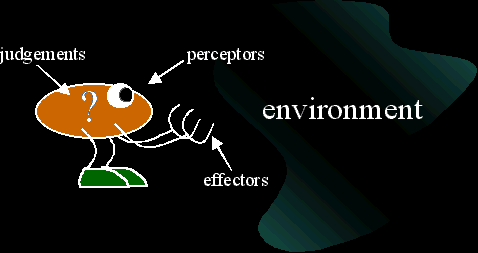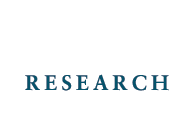| |
|
A-DESIGN - AGENT BASED ADAPTIVE CONCEPTUAL DESIGN
INTRODUCTION | ITERATIVE SEARCH PROCESS | MULTIOBJECT DESIGN SELECTION | MULTI AGENT ARCHITECTURE | FUNCTIONAL REPRESENTATION | A DESIGN AS SEARCH STRATEGY | TEST RESULTS | DISCUSSION AND CONCLUDING REMARKS
MULTI AGENT ARCHITECTURE

The creation of any one design in A-design is due to collaboration among several different agents. These agents contain knowledge of how to design based on their individual strategies and preferences. They are constructed to understand the representation of a design state, be it complete or incomplete, and contribute in a manner that leads to successful solutions. The strategies used by these agents are based on deterministic algorithms such as tree-searching or pattern matching. In the current implementation, agents are not autonomous but are triggered by the system or by other agents. A simple hierarchy exists where one set of agents known as manager-agents invokes the operations of the other agent classes: the maker- and modification-agents. Within each agent class, subclasses can exist as well as different agent types within each subclass, and populations of agents of the same agent type. For example, the electro-mechanical A-Design approach shown in Section 5.3 has two subclasses of maker-agents, Configuration-agents (C-agents) and Instantiation-agents (I-agents); there are 32 different C-agent types and 6 different I-agent types, and within a given iteration of A-Design there is an average population of 3000 maker-agents in all.
The maker-agents have two responsibilities: create design alternatives based on the problem description and re-build designs returned by the modification-agents. Construction of a complete design state is accomplished by several maker-agents which each add their distinctive parts to make a complete state as prescribed by the design representation. The modification-agents are active at the end of the evaluation phase of the process (see Figure 2) to take design states from the pareto and good populations and improve them based on how they were evaluated. These agents allow the process to move from current design states to possibly better ones. As seen in Figure 3b, the modifications performed by these agents can significantly advance the pareto optimal front.
While the maker- and modification-agents perform directed strategies to construct or improve designs, the manager-agents add both a stochastic and learning aspect to the A-Design system. Initially, all maker- and modification-agents have the same population and the manager-agents randomly invoke these agents until all design tasks for the given iteration are accomplished. At the end of the iteration, the manager-agents analyze the designs created by these agents and provide feedback about how to improve the design process according to the user’s preferences. Currently, a single manager agent is implemented which provides feedback in the form of increasing or decreasing the population of particular agent types, thereby forcing the agents to compete for survival by contributing to better designs.
There is some ambiguity in computational research over the proper use of the word “agent? Our use of agent is consistent with the definition of Russell and Norvig (1995) where agents are viewed as perceiving their environment (here, the design state) through sensors (i.e., functional inputs) and acting upon their environment through effectors (i.e., modifications to the design state). While some might argue that without displaying specific behaviors of autonomy, mobility, or sociability (Sycara, 98; Franklin and Graesser, 96), the agents in A-Design do not fully conform to the definition of ‘agency? However, within the Artificial Life community agents often are defined as simple strategies that when combined lead to a more complex emergent behavior (Langton, 1988). Similarly, our agents are defined as knowledge-based strategies for solving open-ended problems that when cooperatively combined with other similar strategies leads to a more complex and often emergent behavior for achieving the design goal. For example, in designing travel paths between two set destinations, one can imagine different agents to accomplish the goal. One agent might try to determine the best path for driving while another might look at possible flight paths for connecting the start and end points. The various agents would accomplish the same goal but in different manners. Because, in design, there is no single or clear-cut answer, different agents working on the same design problem can generate completely different solutions. By having agents with different abilities contributing to designs, the process gains robustness and variety in solving various conceptual design problems.
|
|

